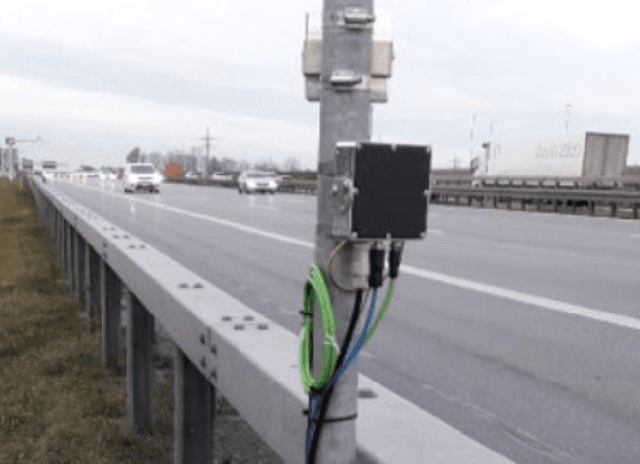Sören Kohnert
Radar Classification of Vehicles Using a Ground-Reflection Model
Dec 18, 2023Abstract:Classification of road users is important for traffic monitoring. The usability of a height estimate based on the two-ray ground-reflection model as a feature for the classification of vehicles is analyzed in this paper. The four-ray ground-reflection model for fast chirp ramp sequence waveforms of FMCW radars is derived and simplified to the well-known two-ray ground-reflection model. A spectrum from which the height of a target can be derived is obtained using the Lomb-Scargle periodogram. Measurements with two vehicle classes illustrate the approach and show that the model could be used as a feature to distinguish vehicles based on their height.
A High-Level Track Fusion Scheme for Circular Quantities
Jan 10, 2022



Abstract:As sensors get more and more integrated, signal processing functions, like tracking, are performed closer to the sensor. Consequently, high level fusion is on the rise. Presented here is a high level fusion scheme incorporating not only linear,but circular quantities as well. Monte Carlo experiments are used to verify our novel fusion operators that work as a weighted average for the Wrapped Normal and the von-Mises distribution. To further verify the new fusion operators, we implemented a full track level fusion scheme and tested it by fusing the measurements of two RADAR sensors.
Cooperative RADAR Sensors for the Digital Test Field A9 (KoRA9): Algorithmic Recap and Lessons Learned
Jan 04, 2022



Abstract:Infrastructure sensing systems in combination with Infrastructure-to-Vehicle communication can be used to enhance sensor data obtained from the perspective of a vehicle, only. This paper presents a system consisting of a radar sensor network installed at the side of the street, together with an Edge Processing Unit to fuse the data of different sensors. Measurements taken by the demonstrator are shown, the system architecture is discussed, and some lessons learned are presented.
 Add to Chrome
Add to Chrome Add to Firefox
Add to Firefox Add to Edge
Add to Edge